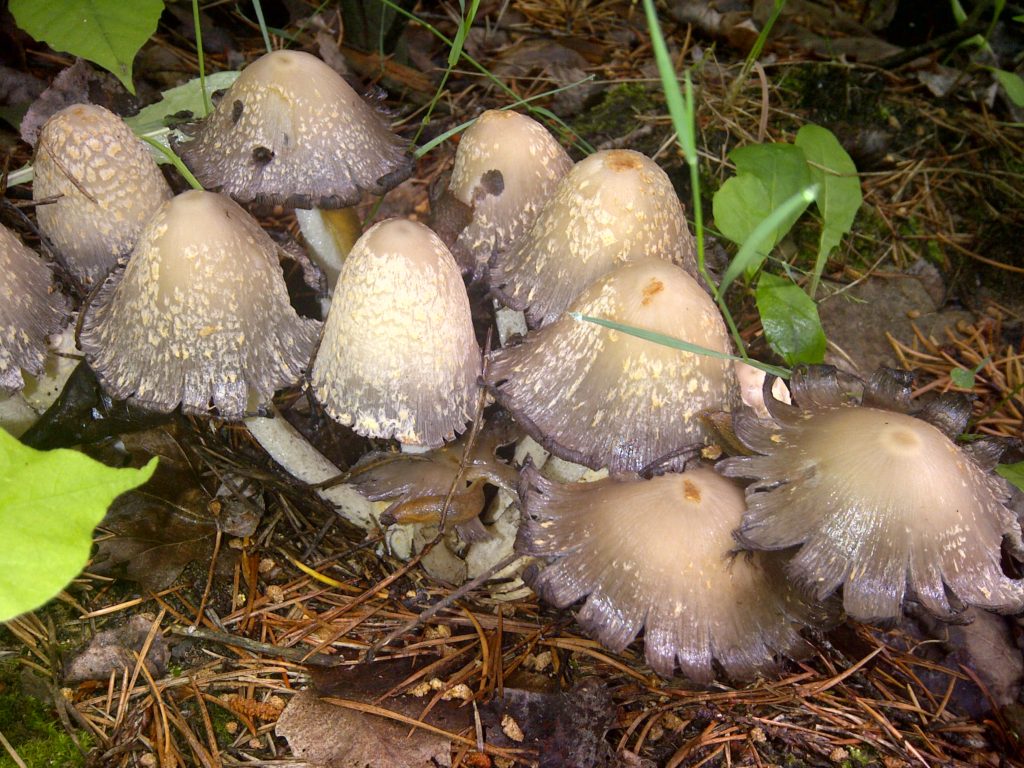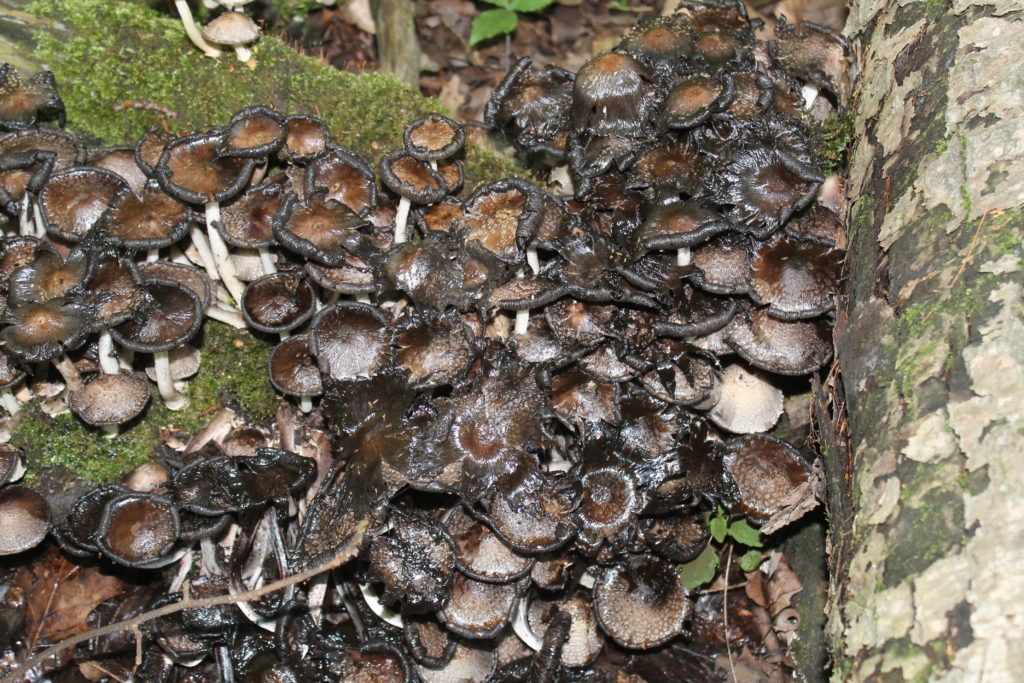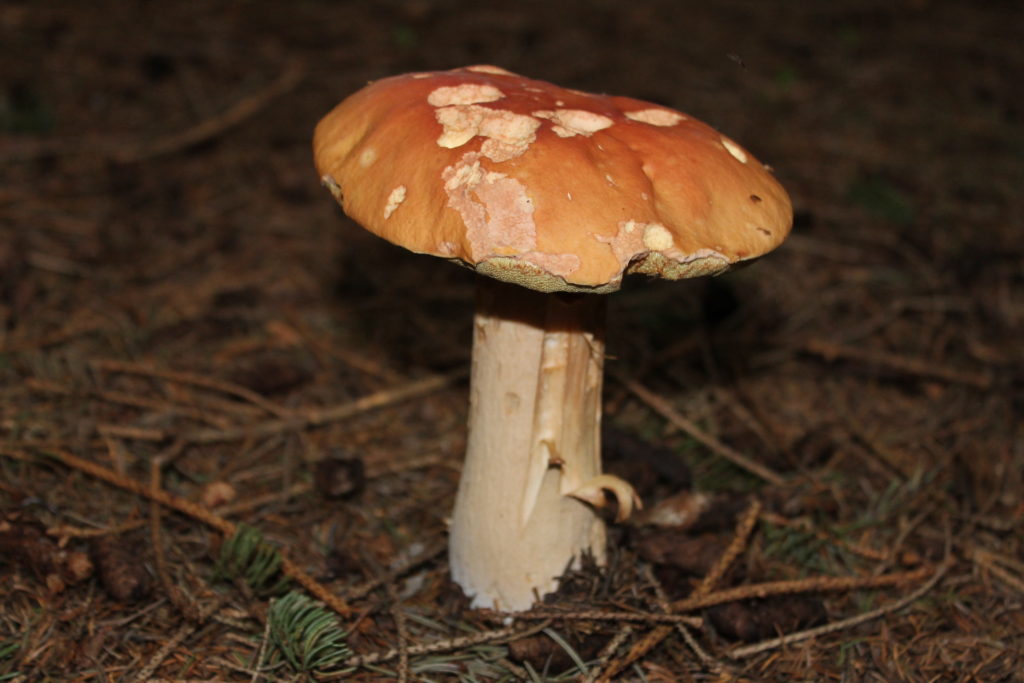Every seasoned wild mushroom hunter is familiar with this concept. If you just plan to start dabbling into this activity please be aware that 90% of the wild mushrooms you find is unusable for various reasons :
- too small (young)
- too old
- too damaged by bugs or animals (primarily snails)
- known poisonous species or sickener
- known inedible (tasteless, bitter etc)
The first three on the list are basically what I call “Mushrooming Window”.
Small (Young)
The young specimens are almost always better for consumption. Even grocery shop charges you more for buttons. But there is a point when too young mushroom is not really safely identifiable. This is true for early button stage of majority of species. It is recommended to leave any mushroom in the very early stage of development, unless you are absolutely positive about identity of the specimen. For example, it would be a bad mistake to take Amanita button for puffball.
Old
The old attribute greatly varies with different species. Some wild mushrooms can be on the floor in woods for several weeks and some come and go within two days. It is one of the greatest disappointments to pick apparently perfect mushroom and find out that it is old and rotten inside. Some species over time turn nice and firm flesh into spongy mass. Some other turn into inky puddles. Puffballs turn dark and dry inside. Bracket fungi turn wooden and too tough to cut with knife.


Damage
It is the fact of life that bugs and snails have several million years longer experience than humans in detecting and attacking wild mushrooms. They have a way to detect juicy mushroom and literally devour it in no time. If you are too squeamish about larva or two, there want be too many wild mushrooms on your table. It is really hard to find nice, mature specimen not infested with larvae and bugs in some degree. This is more pronounced during Summer months. As the Fall progresses and weather gets colder the situation greatly improves. As soon as the specimen is cut, check the bottom of the stalk for entry holes made by larvae. If there is any don’t despair and throw mushroom away. Cut the stalk higher up and recheck. Ultimately, make a hole in the cap and inspect inner rim for damage.
Never put infested mushrooms into the basket. Never bring mushrooms home and put them in the fridge without second thorough inspection. In the morning you can have a pile of larvae and maggots in the fridge. If you decide to pick some of the less infested mushrooms, keep them separate in different paper bag, basket or any other container you are using. Some of the species that do not get waterlogged can get rid of majority of tenants after a good soak in salted water.
As far as animal damage goes, it really does not bother me. If there is enough left wort picking I do and that is it.

Conclusion
Obviously it is very important to know WHERE to look for the certain wild mushroom. On the basis of my observation and experience it is as important to know WHEN to look. Unfortunately that information varies every year. Mushrooming world is directly connected to weather patterns, especially the amounts and distribution of rain. Getting right place and right time within “Mushrooming Window” is as much meter of luck as it is knowledge.
